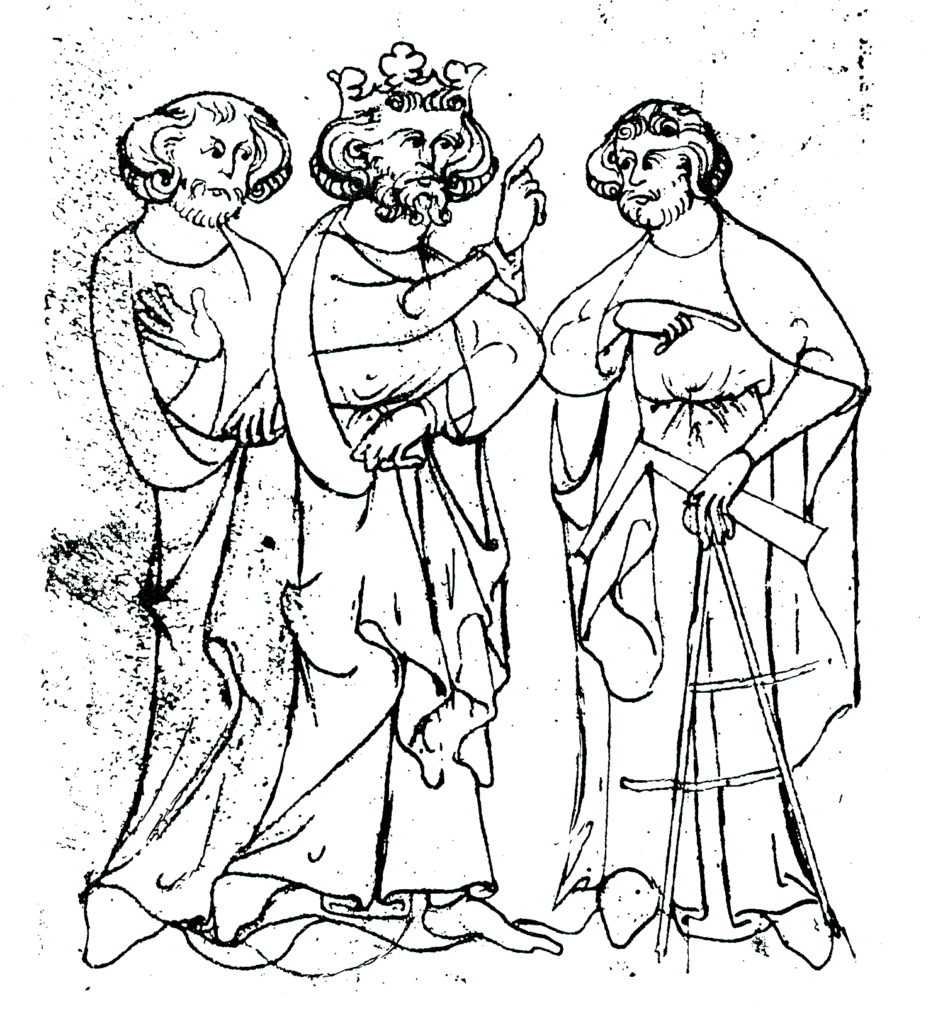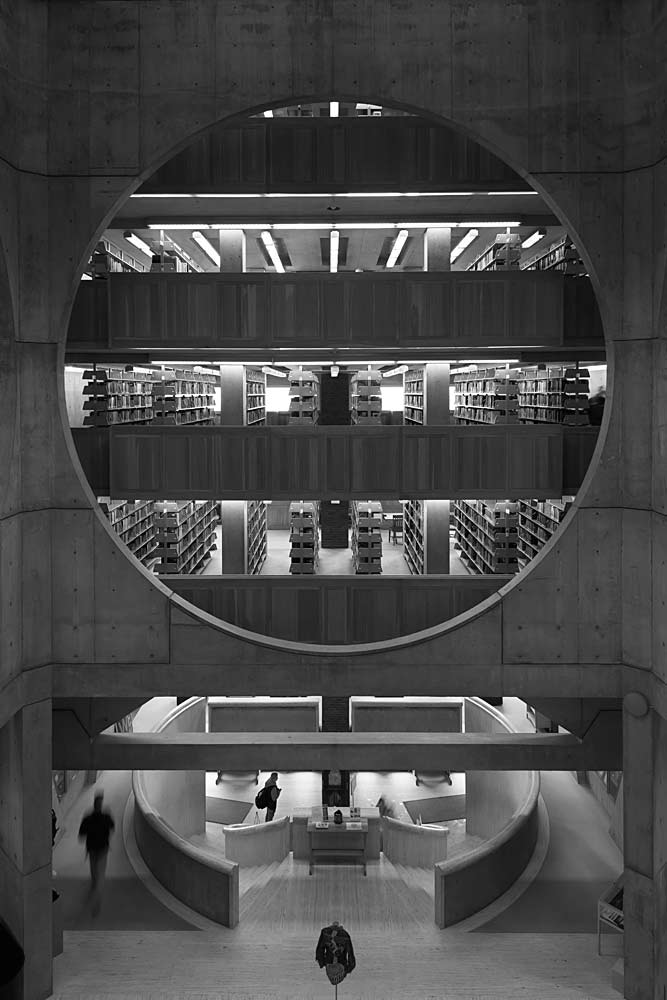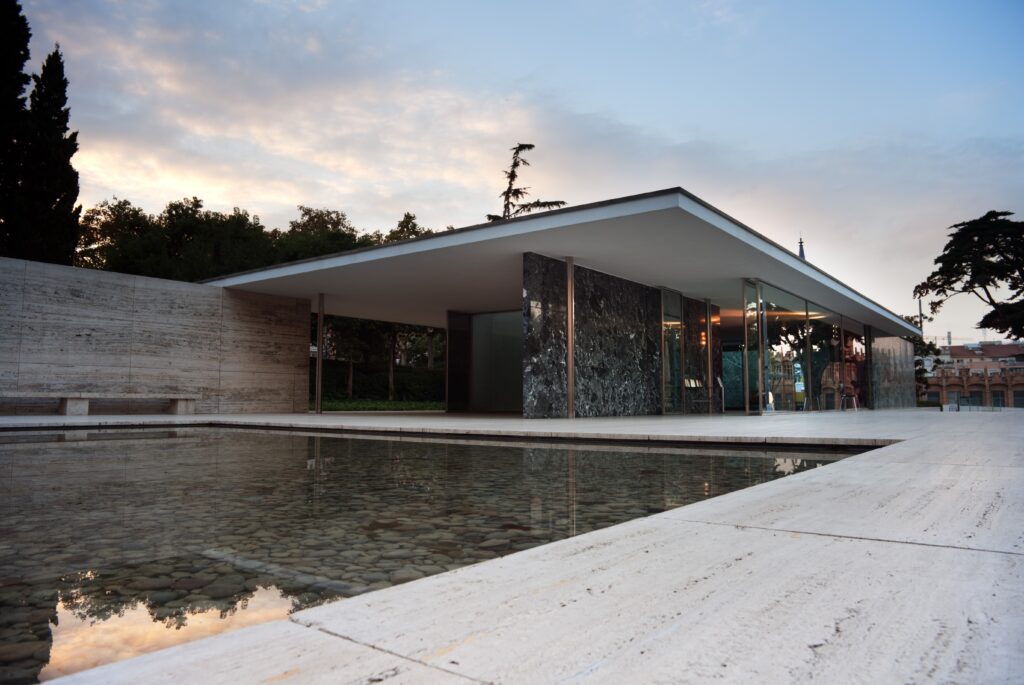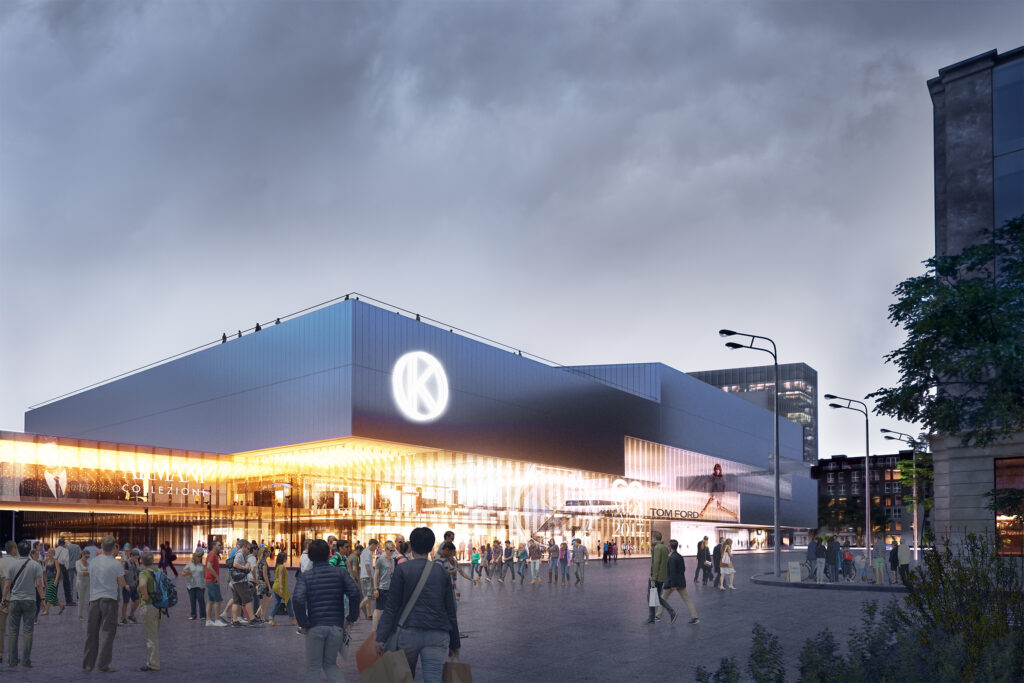Is it possible to pair the obscure component of architecture—the component which it is easier to remain silent about, but which may possibly have the ability to establish meaningful connections with most diverse audience—with a clear and coherent analysis?
It is obvious that the practice of architecture is not entirely rational. Every proposal contains decisions which we do not explain—neither want nor can explain. In that regard, architecture is not an exception. Politics, business management, child-rearing, art, literature, even our conduct of everyday life, at least for me, abounds with inexplicable motives. To cope with the absence of explanations, different beings use different strategies. Some are extremely individual in character, others are shared by many, they can be institutional or communal, or singular and reinvented every timee. For quite some time now, my mind has been troubled by the question of explanations. So on these pages I will attempt to outline a handful of issues which keep reemerging in relation to that matter. Improved awareness of these may perhaps help us to conduct our practice more wisely.
The obscure has its own history that merits a separate investigation. Truthfully, there is more than a single history—as a society we have explanations shared by regions, eras, cultural groups, age groups, ethnic, religious or educational affiliations. Every being also has a specific history of how its explanations have evolved—how, in the course of growing and changing, it expands the world which needs explanation and how existing explanations are replaced with new ones. For this article, no such research has been conducted. All the choicest dumplings I have picked from the experiential soup that my life cooks for me.
I construe architecture as a practice of making spatial proposals, while some references point to the concept of architecture as the structure of the existing spatial environment. The presence of an obscure component in both views suggests in these two different meanings of architecture a shared similarity. This similarity engenders hope that the posing of such a question could also fascinate people outside the architectural professions. Especially since architecture in some sense merely serves as a model field for launching the discussion of the obscure component which, as already mentioned, is also very much present in other phenomena.
By the obscure component I mean such aspects of a design project or any other architectural proposal in respect of which the architect prefers not to give any rational explanations. When we present a proposal to the client, inspectors, colleagues or to the public, we cover a number of its aspects. What we discuss we claim to be the more significant things. With regard to some unmentioned aspects, we are prepared to answer questions, but then there are also those of which we have nothing to say. We may not even know ourselves why and how this particular configuration has come to exist or for some reason we think it is best to not to reveal our considerations. My piece here is about the peculiarities of this obscure and semi-obscure zone. Regarding the obscure, my questions are far more numerous than my answers.
Although I speak here of the rational as the opposite of the obscure, it is not necessarily the only way to define the obscure. If we based our practice not on rationality, but on emotionality, then the obscure component would be that which is not based on emotions. In the same manner, the obscure part could be non-environmental, non-compositional or non-functional. With a small effort, I can reduce all these different aspects to distinct local rationalities which have their own rules and own causalities. By rationality I mean any consideration-based connection, not a hierarchical all-encompassing order of reason. Every consideration introduces its own rationality which may come into conflict with another rationality. Functionality, structure, energy performance, insulation, sometimes even spatial composition—all have their own rationality. It becomes (or stays) obscure if we cannot see that rationality or decide to keep it hidden.
Why then are we so reticent about the obscure component? On the one hand, it is easier to speak of the rational. A vital feature of any explanation should be, of course, clarity, but in the obscurity, nothing appears clear. One reason could be the fear of being left out—the obscure component strives to reach and connect the participants through the shared nescience. At the same time, it aspires to present itself as a peculiar type of knowledge whose contents are never a subject of discussion and which thereby effectively eschews scrutiny of how it is understood. Such participants who do not share or recognise this knowledge are automatically inclined to see in this their inability to understand. This, in its turn, is a sign of failure, deeply ingrained into us by our school system. And in general no-one wants to be seen as a failure.
Of the origin of the obscure
In monocultural environments it is possible to give a shared name to the domain of the unexplained—will of God, forces of nature, celestial powers, order of the universe. In that case, the corresponding reference involves that part of the world which is subjected to the named force. The obscure component may also originate in a mysterious force flowing from inside the architect—gut feeling, sixth sense or the special quality of being a very good architect. The obscure may emanate from the place as a genius loci or a geomantic divination. In the temporal realm it manifests as the spirit of the times, the zeitgeist. Students have prepared designs whose spatial composition is intended to express spirituality in opposition to the society’s ubiquitous pragmatism.
Of the presentation of the obscure
In presentation, one can choose whether to keep the obscure component concealed and hidden or to boost its public visibility. Although the general image of architecture is rather one of rationality, the architect presenting a building design also tries to find explanations for such decisions which originally were made without any clear causality. An architect who has also taken on the role of a mystic or artist will be endowed with the power to make even clearly rational considerations appear as arcane knowledge.
Of the balance between the obscure and the rational
A building design project can contain either less or more of the obscure component. Our practice can include either less or more of the obscure component.
When presenting the obscure for the others, we may show them the obscure as grabbing a share that is smaller or larger from the one we ourselves know to be real.
Some phenomena have rational beginnings, but over time, from a tiny seed, the obscurity can grow and take over. The obscure part is like the Trojan horse—under its guise, completely new rationalities can be introduced. For instance, such was the case with Freemasonry which originally started as local fraternities of stonemasons. The members of the constituent lodges were privy to and shared among themselves the specialised knowledge specific to a trade that was needed by the society. The members’ practice was presented to the society as based on an obscure part in the form of empowering arcane knowledge. Slowly and gradually, the skills of masonry and stonecarving became marginalised to the point of disappearance as the arcane knowledge gained prominence and brought in completely different interests and considerations. Modern Freemasons no longer have any connection with masonry whatsoever. The obscure part of design can give rise to similar transformations.
Of the acceptance of the obscure
The ways we deal with the lack of explanations can be different. As growing and learning beings, we all have experiences with the inexplicable. We inhabit a world much, much older than our ever explanation-seeking mind. Many reality-shaping processes occurred prior to the time we could experience them. The formation of celestial bodies, shaping of geological features, origin of ancient cities, location of a yellow ceramic bowl found in a wrong drawer—these phenomena may compel our attention as needing explanation, but not necessarily. The immense number of acting agents also restricts the ability of a single being to rationalise the whole reality. Therefore, we are used to a part of our world remaining unexplained. We can attribute different significance to the part which remains unexplained—the mystery may be the more important side of the world for us, or we may choose to ignore its existence entirely and only acknowledge such phenomena which lend themselves to our rational explanations.
Where the obscure part is represented by someone else, two metaphor-derived reconciliation strategies can be discerned. Childlike observation simply accepts the inexplicable as an unavoidable necessity due to the limited nature of our abilities. A child must often put up with the edicts of the adults running counter to the child’s current rational preferences. The second reconciliation strategy is that of a parent who discards the inexplicable as an unimportant childish conceit not worthy of the effort it takes to stomp it down and squeeze it into a familiar framework for understanding. Admitted, these metaphors rely on the relationship scheme of the family model which may soon become outdated, currently active generations should hopefully still be able to understand their content.
The position of the obscure component in the hierarchy of considerations is also an important issue. We may be prepared to accept the obscure component if it concerns things for which we have no applicable rational considerations. In other cases, we may be prepared to recognise obscure-driven decisions also in places where the obscure part comes into conflict with one or another rationality.
The allied forces of the obscure
Seeing the design proposal as an agent whose actions are driven by the desire to pursue the end of its consequences, it can be regarded, in a way, as a recruitment instrument. The design proposal attempts to enlist as many actors as possible—from the perspective of the design, the enlistment means an impulse which makes the surrounding actors to collaborate towards the realisation of the design. The force carried by the design proposal grows with the number of enlisted actors. The foremost importance should be accorded to such allies on whom the realisation of the building design directly hinges. The developer and the financier must be convinced of the project’s profitability, building inspectors must see that all pertinent regulations and requirements are being complied with and the future tenants must have the desire to take up residence in the structure to be created. Different participants take different baits when coaxed into the ranks of the project’s supporters— some are motivated by profit, some by comfort, others by safety and security. Various shared considerations are excellent entry points for different actors. At the same time, bringing together and connecting numerous parties is always a complicated process, taking unpredictable twists and turns. The ability of the obscure component to represent different personally significant considerations for each observer makes the inexplicable component instrumentally productive.
At the same time, the obscure component may just as unexpectedly create enemies for the project.
If an architect claims divine presence in a particular design, then all believers addressed by the architect should rally behind the project. If a similar claim is put forward in a number of different designs, the obscure component will become a field of discussion. It may cast some doubt as to whether the person making the claim truly is in communion with God. The divine nature of the design is in direct correlation with the perceived godliness of the architect who prepared the design. Therefore, architects can sometimes come forward as disciples of obscurity.
Of the genealogy of the obscure
When does the obscure component enter a design process? At the presentation phase we can discern differently balanced layouts of the rational and the obscure. However, is it possible to determine the moment when the obscure part begins exerting its influence on decisions? Two slightly different views exist—on the one hand, it can be said that the architect starts rationally. The architect starts from the functional programme, analysis of the surroundings, directions, destinations, terrain, road traffic, all of which yield to rational analysis. In the synthesis phase which requires one to look at everything together at the same time, giving rise to complexity and complications, and simple individual considerations are no longer sufficient for the decisions which must be made. Then, the intuition joins in and wakes the obscure part. The second view states that an architect always stands with one foot in the obscure zone anyway. Appearing like a certain character out of a Madis Kõiv’s novel whose one eye looks straight and the other eye looks askance, the architect travels two different trajectories, the rational one and the dark one, to reach the solution.
If we maintain from the beginning that architecture is a practice that cannot be explained, it will entitle us to leave all why-questions unanswered. If such an entitlement is asserted throughout the entire process from the very first sketches to the final blueprints, the society will be very much discouraged from investing material resources into such a project. My personal preference would be to reach as many decisions as possible within rationality. Then, the part that remains obscure will be those remaining other things which are of less importance for the explainer or the listener. Yet I have not seen this view to hold dominance.
We may ask if, in order to become an architect, one should engage with the obscure from the very start, or if it simply appears in one’s arsenal with the attainment of general mastery. When teaching students, should we start from the architecture’s rational character and expect them to become naturally aware of the obscure in the course of their studies and training? Or should we introduce the architecture students to their studies through an initiation rite which, upon completion, grants them the privilege to withhold their considerations?
Of the social power of the dark
The disciples of obscurity have throughout all time tried to win the public’s favour for their affiliation. If a mystic succeeds in obtaining the public approval for his obscure power, he will gain the authority to create affiliation-based hierarchies and to tell people what’s better and what’s worse without any reference to reason. Social positions are often obtained, however, on the merit of far less obscure achievements. For example, if you, as an architect, have achieved public acclaim solely on the basis of fully rational design, to ensure your continued success, you may be tempted to invest the interest you have generated into building the reputation of an obscure affiliation. An expert who wields obscure-derived authority is thereby entitled to make any arbitrary statements. If the architect at the same time chooses not to abandon rational thinking, the obscure-based acclaim could bolster the credibility of the architect’s statements even more.
The allure of obscure-based authority has certainly proved irresistible for those businessmen and politicians turned mystics who continue their former worldly pursuits in the corresponding fields of considerations while for the public they position themselves as spiritual leaders.
In an inclusive society, when facing the choice between the rational option and the obscure option, people generally will prefer the rational one. If the matter to be decided bears little or no significance for the society, it will accept the obscure choice more easily. Architecture has a major social dimension and is paid by common resources. Thus, it is reasonable to expect/demand from the architects that they should refer obvious dilemmas to the society for discussion and debate. I believe that the obscure component can never be completely removed from our social reality—this includes architecture, literature, politics and other practices. At the same time, I believe, discussing the obscure helps us to better learn its different forms, to recognise them and influence them. I would like for us to be able to ask questions about the nature of the obscure, so we could acknowledge it and reject it. I would also like for us to be able to speak of our affiliations and communions, to cast some light on them and to project my own and other people’s considerations onto them. Perhaps at first just among ourselves as architects and then in the wider society as well.

INDREK RÜNKLA is an architect. He has dedicated many years of service to the architecture office Alver Architects and has taught at the Estonian Academy of Arts. His current employer is the Ministry of Culture where he holds the position of Adviser for Architecture and Design.
HEADER: The visible tools of a medieval master builder included a pair of compasses and a triangle. Then again, it wasn’t merely accuracy that allowed him to be depicted next to a king.
PUBLISHED in Maja’s 2018 summer/autumn edition (No 94).









